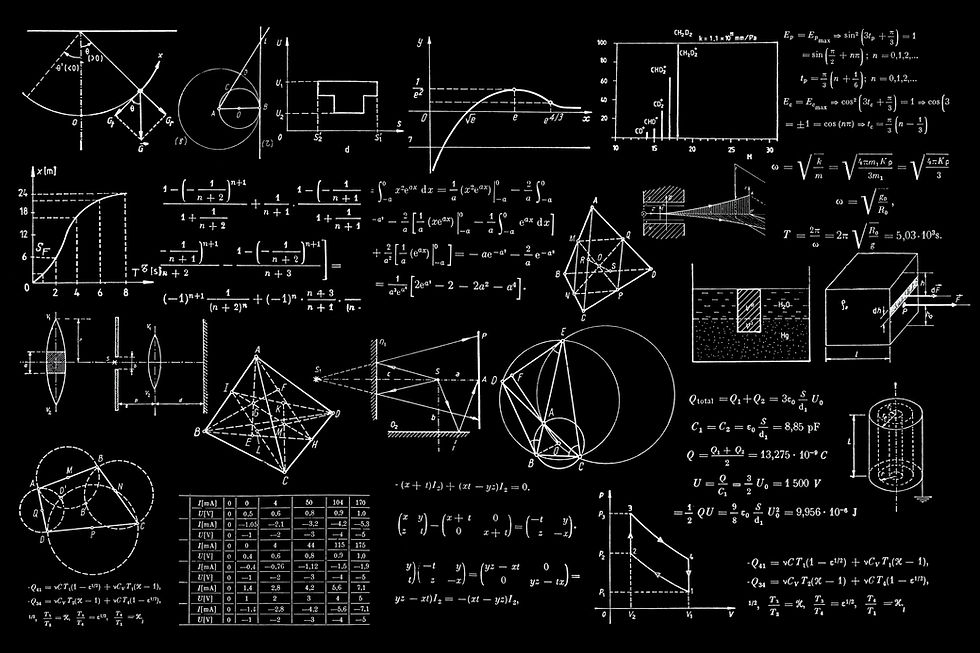
Asymptotic analysis, number theory, infinitesimal calculus, summability theory, information theory, and the calculus of finite differences are all combined and expanded upon in the theory known as summability calculus.
Without the need for explicit analytical formulas, it offers a straightforward and understandable framework for the analysis of finite sums, enabling the differentiation, integration, and evaluation of sums over the complex plane.
Summability Calculus introduces new summability methods that allow divergent series to be assigned "natural" values, therefore generalizing the idea of convergence.
Renowned theorems including the Shannon-Nyquist sampling theorem, Stirling's approximation, Glaisher's approximation, and the Bohr-Mollerup theorem are strengthened and expanded upon by this theory.
It also generalizes and unifies many identities that have been proven during the past 300 years using different methods, making their derivation simple and easy to understand.
Applications and Significance of Summability Calculus
Numerous fields, such as number theory, infinitesimal calculus, summability theory, asymptotic analysis, information theory, and the calculus of finite differences, use summability calculus.
It offers a coherent framework that makes it possible to analyze oscillating, divergent, and convergent sums while researching the behavior of finite sums.
Numerical integration, Fourier analysis, and series acceleration are just a few of the fields where the theory has been applied to provide novel findings and generalizations.
Summability Calculus comes in handy when working with complex or non-elementary functions, for example, when conventional techniques relying on explicit analytic formulas fall short.
The Structure and Content of Summability Calculus
The basis of this theory is developed in the book "Summability Calculus: A Comprehensive Theory of Fractional Finite Sums," which covers a variety of subjects including oscillating finite sums, simple and composite finite sums, analytic summability theory, and computational techniques.
Since the material is primarily created from the ground up with only mathematics at the undergraduate level, a broad range of mathematicians may easily understand it.
The book includes a ton of activities, chapter summaries, and examples to help with comprehension and make practical applications easier.
For scholars and practitioners studying special functions, summability theory, analytic number theory, series and sequences, approximation theory, asymptotic expansions, or numerical approaches, Summability Calculus has the potential to be an extremely useful tool.
The Historical Context and Ongoing Research
The goal of summability theory, which dates back to the 19th century, is to extend the notion of convergence to non convergent sequences. It is a subfield of analysis.
New summability techniques, their characteristics, and their relationships to other branches of mathematics are still being investigated in the field of summability theory and its applications.
The book "Summability Calculus" makes a substantial addition by offering a thorough and cohesive theory of fractional finite sums, so addressing a key gap in the field.
The foundations of Summability Calculus have been provided by the author, Ibrahim M. Alabdulmohsin, in a number of articles, including a preprint available on the arXiv platform.
Works Cited:
Alabdulmohsin, Ibrahim. (2012). Summability Calculus. 10.1007/978-3-319-74648-7.
Trung, L. H. (2019). https://euroasia-science.ru/pdf-arxiv/the-controllability-function-of-polynomial-for-descriptor-systems-23-31/. EurasianUnionScientists, 4(65). https://doi.org/10.31618/esu.2413-9335.2019.4.65.275
